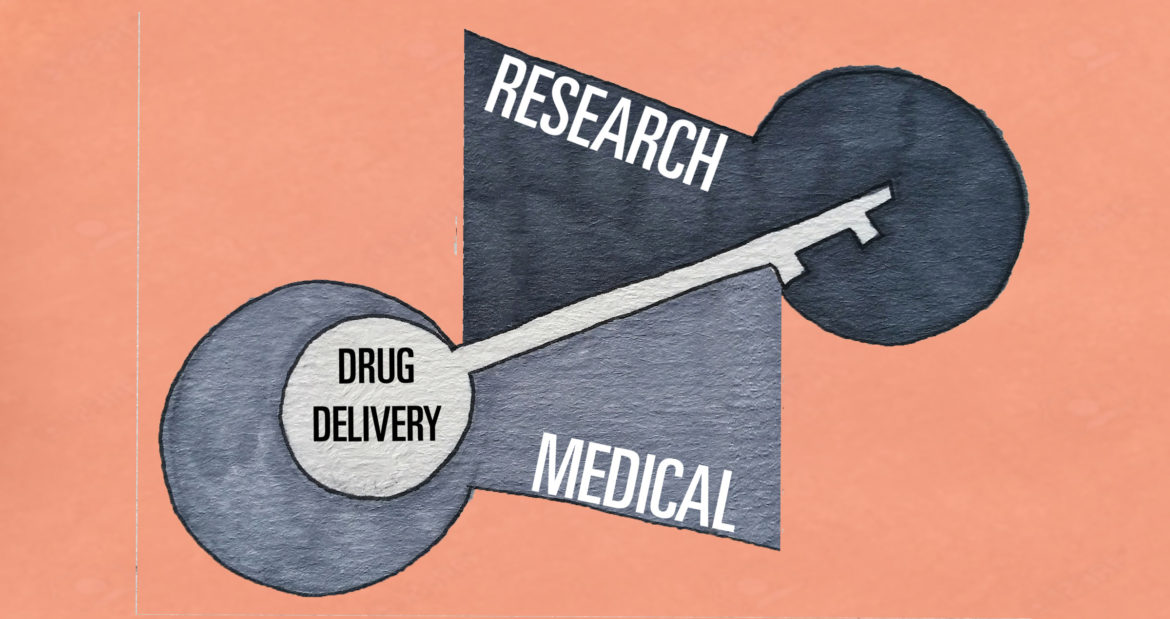About five years ago, during a ’71 batch chemical alumni meet in Pune, there was a suggestion that an N. R. Kamath Chair Professorship be set up through our donations. Though it sounded good, nothing much came of it. As a matter of fact, we did not even get started on raising funds.
But then, during the birth centenary celebrations of Prof. N. R. Kamath, Alum Himmatsinhka proposed this cause to a much wider audience. His determination, diligence and persistent effort resulted in the chair professorship becoming a reality.
Prof. Samir Mitragotri was recently selected as the first N. R. Kamath Chair Professor.
This stretching of technology all the way to the marketplace was something Prof. Kamath brought up again and again, product after product.
I was among the many IITians to have had the privilege of attending Prof. Kamath’s lectures. To get a flavour of his lectures, in his words:
“Technology is about taking low cost raw materials and converting them into high value products. Air is free, and water is fairly inexpensive. Take these, along with a little cream and sugar. Stir it up, until the mixture is 95% by weight water and 95% by volume air, and then sell the result as ice cream.”
This stretching of technology all the way to the marketplace was something Prof. Kamath brought up again and again, product after product.
In Prof. Samir Mitragotri, we have a person who does not just preach about commercialising the fruits of research, but also practices it.

Prof. Mitragotri has worked for over two decades in the field of drug delivery, has published over two hundred papers and has over one hundred patents. He has developed over thirty products that have seen commercial success, and has set up as many as seven companies to take specific products from the lab stage to full scale commercialisation.
Drug delivery is a key piece in the jigsaw puzzle of medical research in its present state. Genetic databases and their analysis throw up the specific points at which the root of the health problem exists. Automated in-vitro testing facilities are then used to identify the drug that is a specific remedy for a particular ailment. All of this is fine in a test-tube – in the human body, the drug may never reach the target, or else it may reach many other locations in the body where it may have undesirable and even toxic side effects.
To make the challenge stiffer, the body offers every possible obstacle to the infusion of the drug. To start with, the skin offers almost total resistance. If the skin were to be loaded with viruses, only one in a billion would be able to penetrate the skin and enter the body. Nanoparticles, used for drug delivery, get the same treatment from the skin.
Similarly, the digestive system ensures that all large molecules get broken down to smaller components before reaching the small intestine. And if any such molecules do get into the blood stream, they get picked up within minutes and gobbled up by the white blood cells, which then go off to the liver to get destroyed, along with their contents.
This is the challenge before Prof. Mitragotri and his team at the University of California, Santa Barbara. Their extensive efforts include producing nanoparticles of different sizes, shapes, texture, hardness, etc. to penetrate the defence barrier. They have also explored mimicking nature, by producing particles having properties akin to naturally occurring components, such as red blood cells. They have worked out ways to piggy-back on such natural components to hitch a ride to the target area, where they can release the drug to do its work without causing any damage elsewhere in the human body.
Yes, that is enough on the plate to keep most intellects fully occupied. But Prof. Mitragotri has gone further. He has established various start-ups to take individual products closer to commercialisation, and has brought in the Venture Capital required to fund the developments, to go ahead with the lab testing, with animal testing as well as getting the results verified on volunteers, ensuring that the research he and his team do ultimately reaches the population and helps those victims of diseases that he helps to fight.
But a much bigger role beckons Prof. Mitragotri, not just in IIT Bombay, but all over India.
In his association with IIT Bombay as an N. R. Kamath Chair Professor, Prof. Samir will undoubtedly be a great boon to the biomedical engineering fraternity at the university.
But a much bigger role beckons Prof. Mitragotri, not just in IIT Bombay, but all over India. The Indian research and development scenario is by and large limited to laboratory or pilot studies. The academic fraternity in India is not known to participate in the process that takes the products they conceive all the way to the marketplace. Prof. Mitragotri has an opportunity to guide academicians, not just in IIT Bombay, but also all over India, in this vital process of converting research output into marketable products. If the N. R. Kamath Chair Professor can achieve this, then his effect on Indian technology development will be akin to Kurien’s on milk production, and will have an impact far beyond imagination. Prof. Mitragotri will then be converting into reality the vision of Prof. N. R. Kamath about commercialisation of technology.
- Start-up of Start-ups - May 13, 2022
- From N. R.Kamath to Samir Mitragotri – The Past and the Future of Chemical Engineering - June 23, 2017
